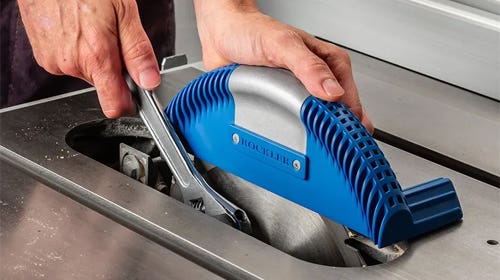Government sector is an untapped market
How do local governments and school districts decide to buy furniture? And why do they choose furniture made from metal or plastic rather than wood? A research project, conducted by…
How do local governments and school districts decide to buy furniture? And why do they choose furniture made from metal or plastic rather than wood? A research project, conducted by the Wood Products Extension Department at North Carolina State University and the U.S. Forest Service, sought the answers and concludes that these are untapped markets for small- to mid-sized woodworking shops.
The project surveyed nine locations in West Virginia, North Carolina and South Carolina with three sizes of local population — large, medium and small counties and adjacent cities. The research team consisted of Harry Watt, a wood products specialist from North Carolina State, and Delton Alderman and Jan Wiedenbeck of the Forestry Sciences Laboratory in Princeton, W.Va.
Watt says project findings convince him that small woodshops would find it worth their while to explore employment opportunities in their local communities for furnishings that go into schools and government buildings.
“This is an overlooked market that is dominated by commercial manufacturers. So our goal is to help the local woodshops get into these local markets that are in schools and the local government. And these entities are our natural allies because they understand when they support local businesses, they’re supporting themselves through tax collection and the employment of the people in the local community,” says Watt.
“Also, the U.S. woods, especially the hardwoods, are growing faster than we’re removing them, so we’ve got plenty of wood. And if we use local woods for these local entities like the schools and the government, then they have an inside track to get these jobs. When you look at sustainability and affordability, wood from these local shops is really what these people ought to be buying.”
The research project also produced designs of 50 wood products that schools and local governments are buying, creating a 3-D model for each item with supporting parts list and an example costing and pricing worksheet. These 50 items are available as downloads on the project website at www.cnr.ncsu.edu/publicfurniture.
“Woodworkers who are interested are definitely going to have to educate themselves on this market,” says Watt. “This is a much more formal market than residential housing because you do things with bids and these government buyers are professional employees. They’re good people and they have lots of rules and regulations. But if you can understand them and work within them, this can be a good local market.”
This article originally appeared in the May 2013 issue.







